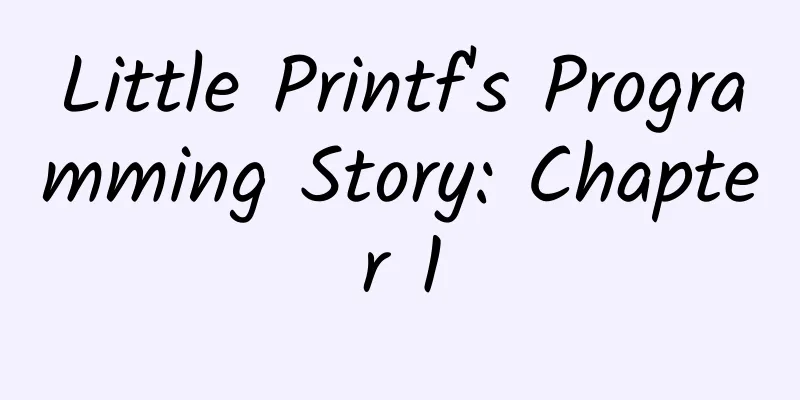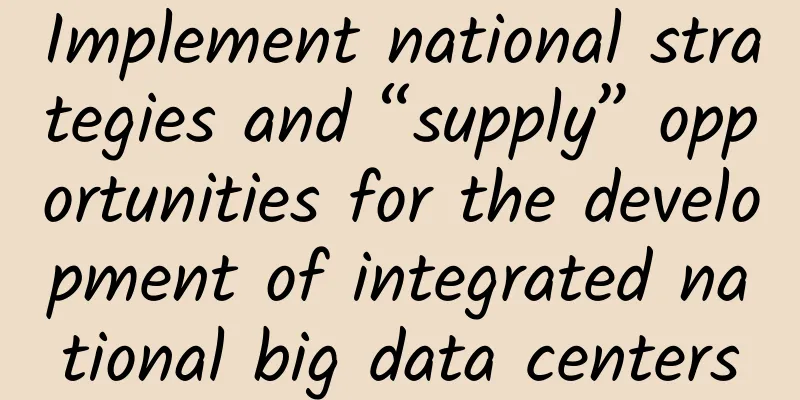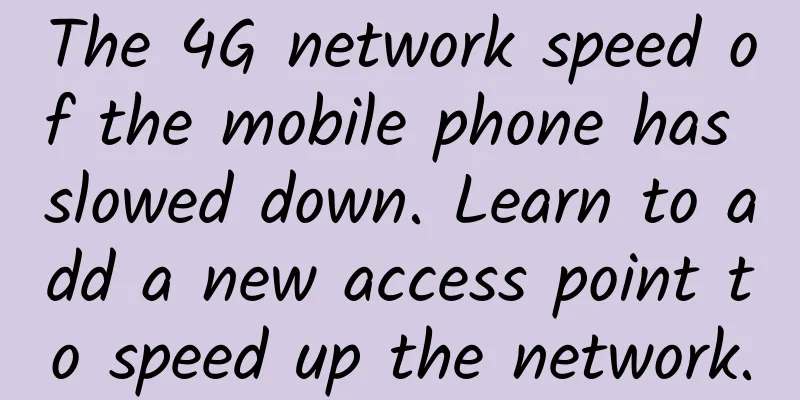Little Printf's Programming Story: Chapter 1

|
The original author, Fred Hebert, is a Canadian programmer who wrote an introductory book on Erlang. The English name of this story is The Little Printf. It was shared by him at the CityCode conference in Chicago in October this year. It imitates the French classic "The Little Prince" and is interspersed with some of his own experiences in learning programming. This short story has a total of 11 chapters. According to the author's introduction, the illustrations should be drawn by himself. Friends who want to see the original author's sharing can go to YouTube. If there is anything wrong with the translation, please correct it!
Chapter 1 I am glad that I was born before computers and video games became popular. My friends and I often played outdoors, and we could enjoy inventing games at that time. We would play the hero, holding a branch that would instantly transform into a bow, a gun, a sword, or a telescope. We could turn the branch into anything except a boomerang, because once you threw it, you had to pick it up again. As I grew older, it became a little embarrassing to continue playing these games. You couldn't use pine cones as grenades and pretend you had superpowers because the other kids thought the adult world was more interesting. I didn't fit in anymore. Eventually, I had to grow up. But, it was still a very lucky childhood. Later, I had the opportunity to play video games and own a computer. In the games and computers, the fictional world I had always dreamed of appeared in front of me. I was completely immersed in it, and in that world, I lived a completely different life. But most video games have one thing in common: you can’t create, you can only deal with and consume. When I was a teenager, I participated in improvisational theater. In the theater, I could communicate with others, create together, and let my imagination run wild. Of course, the improv scene in Quebec is different; there's an ice rink inside - it's all about hockey. From 2005 to 2008, I studied multimedia technology at university and came across programming by chance. I thought programming was incredible! I was full of creativity and could make money! At that time, I designed my first game prototype and jumped for joy. But I was later told, "That's not a real video game." "It's just an HTML form, and it would be better if you replaced the text and options with arrays. The code needs to be cleaned up a bit more." I was a little disappointed; the game was actually designed based on a script I wrote, which allowed players to "choose their own adventure journey." However, I also realized that if I wanted to make what I developed be recognized by more people, I had to learn a lot more related knowledge. I had to learn "real programming". From JScript in GUI tools, to something better, like PHP. So I learned PHP, and JavaScript. Then someone told me what real programming was; PHP sucked. Someone said maybe I could try Python, so I did. However, real programmers know more advanced things. Python's lambda is not enough, and object-oriented programming is not enough. Others told me that I'd better read SICP (Structure and Interpretation of Computer Programs) next, because this book is the Bible in the field of computer science. That’s how I got into Scheme. Later I bought K&R (C Programming) because real programmers in the real world know C. I signed up for a training course at a local university because real programmers know data structures and math, and I learned a little bit of that. I started reading papers and technical books because real programmers need to keep up with the times and master the latest algorithms. In the process, I learned Erlang and started making a living with it. I wrote a book about Erlang. Interestingly, no one questioned whether I could really write a book or draw illustrations. Anyway, I got a job teaching people Erlang without ever doing production development in Erlang. Original text: http://ferd.ca/the-little-printf.html |
<<: A review of the top 10 losers and winners of 2015: Lei Jun and Luo Yonghao are on the list
Recommend
A new opening in 2022, mobile phone batch brick-moving gameplay, one mobile phone daily 2000+
A new opening in 2022, mobile phone batch brick-m...
The latest version of Android supports FIDO2 standard for password-free login to apps or websites
Google has just announced a new collaboration wit...
Wuchuan SEO Training: These methods may lead to excessive website SEO optimization, are you still using them?
Are there still many people using excessive websi...
Seven tips to teach you how to play with self-media!
In recent years, as the earlier batches of person...
Luckin Coffee’s stock price has been falling due to short selling! Why is it so difficult to make coffee?
On January 31, Muddy Waters Research, a well-know...
UX Lessons Learned from Seven Classic Fairy Tales!
Master screenwriter Robert McKee once wrote: Stor...
Meizu wants to be a price butcher, it needs another knife
Meizu launched the MX 4 at 1799 yuan and the MX 4...
Collection | Re-understanding 100 keywords for new media operations
In the Internet age, new media has almost reconst...
What is the use of the Douyin Feige epidemic answer package? How to subscribe?
In order to make Douyin merchants more comfortabl...
How much does it cost to be a tea mini program agent in Hexian market?
Is it easy to be an agent of Hexian Tea Mini Prog...
How to prepare the 2016 annual report? How to make a marketing promotion and operation plan in 2017?
2016 Annual Report Guidelines 1. Overall operatio...
WeChat VS TikTok: Analysis report on 4 major categories
WeChat VS TikTok: Analysis report on four major c...
A single advertisement was exposed over 150,000 times, and the promotion was explosively promoted in the circle of friends of overseas study agencies!
Invisible poor parents, tutoring phobia, cram sch...
Loss of “WeChat” trademark: Why didn’t Tencent take it seriously?
[[129454]] "32/81, 39.5%". This is the ...
Tik Tok short videos are so explosive! So how do short videos attract traffic?
Using short video platforms to create precise tra...









